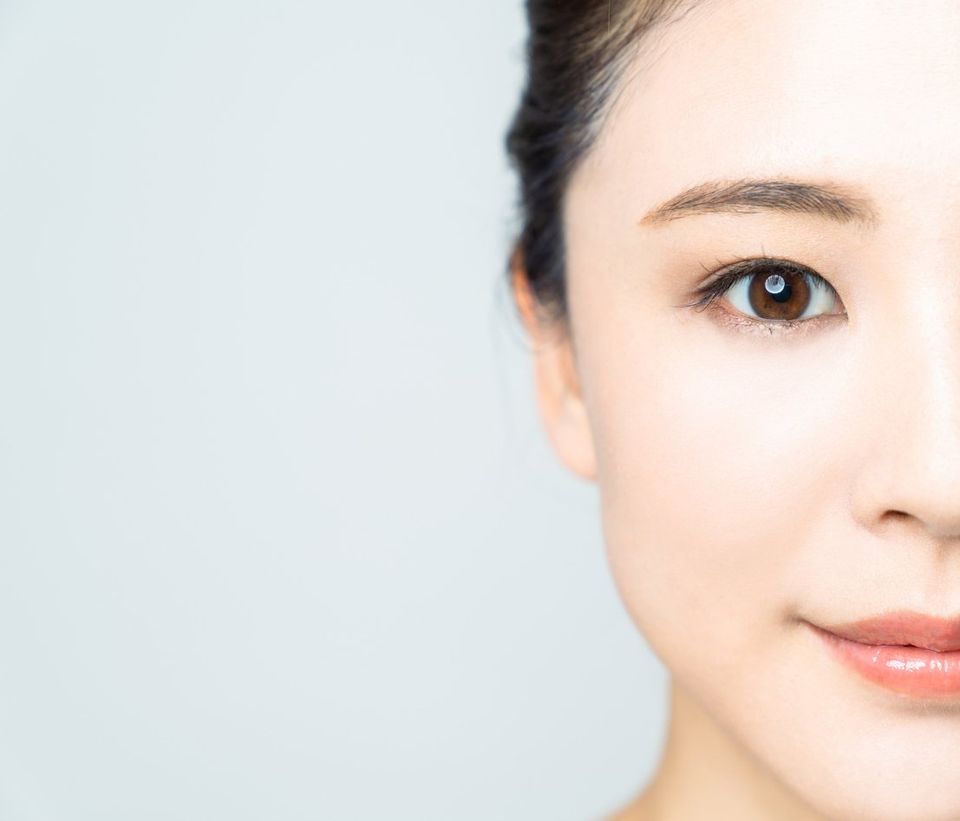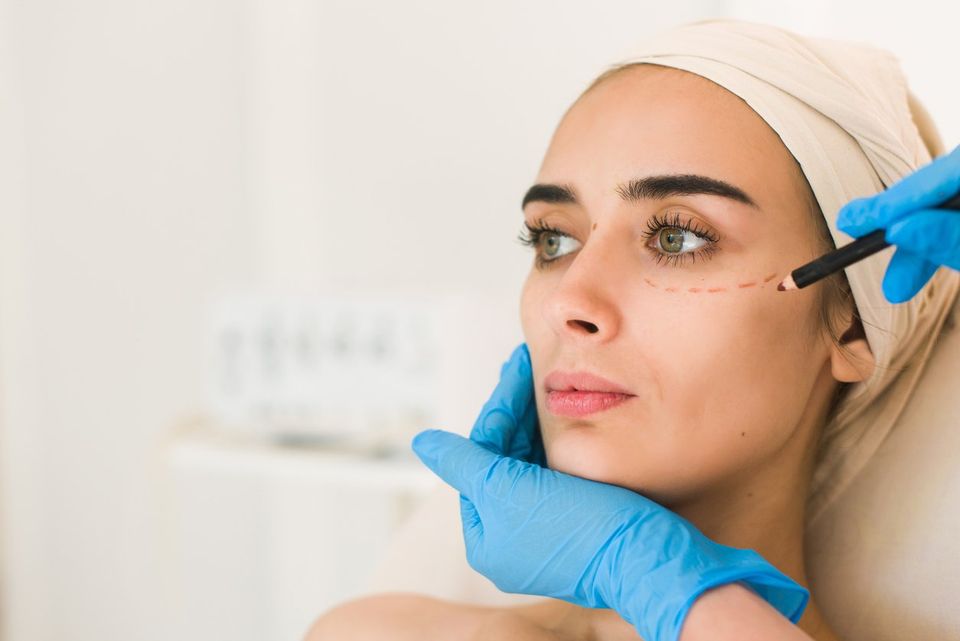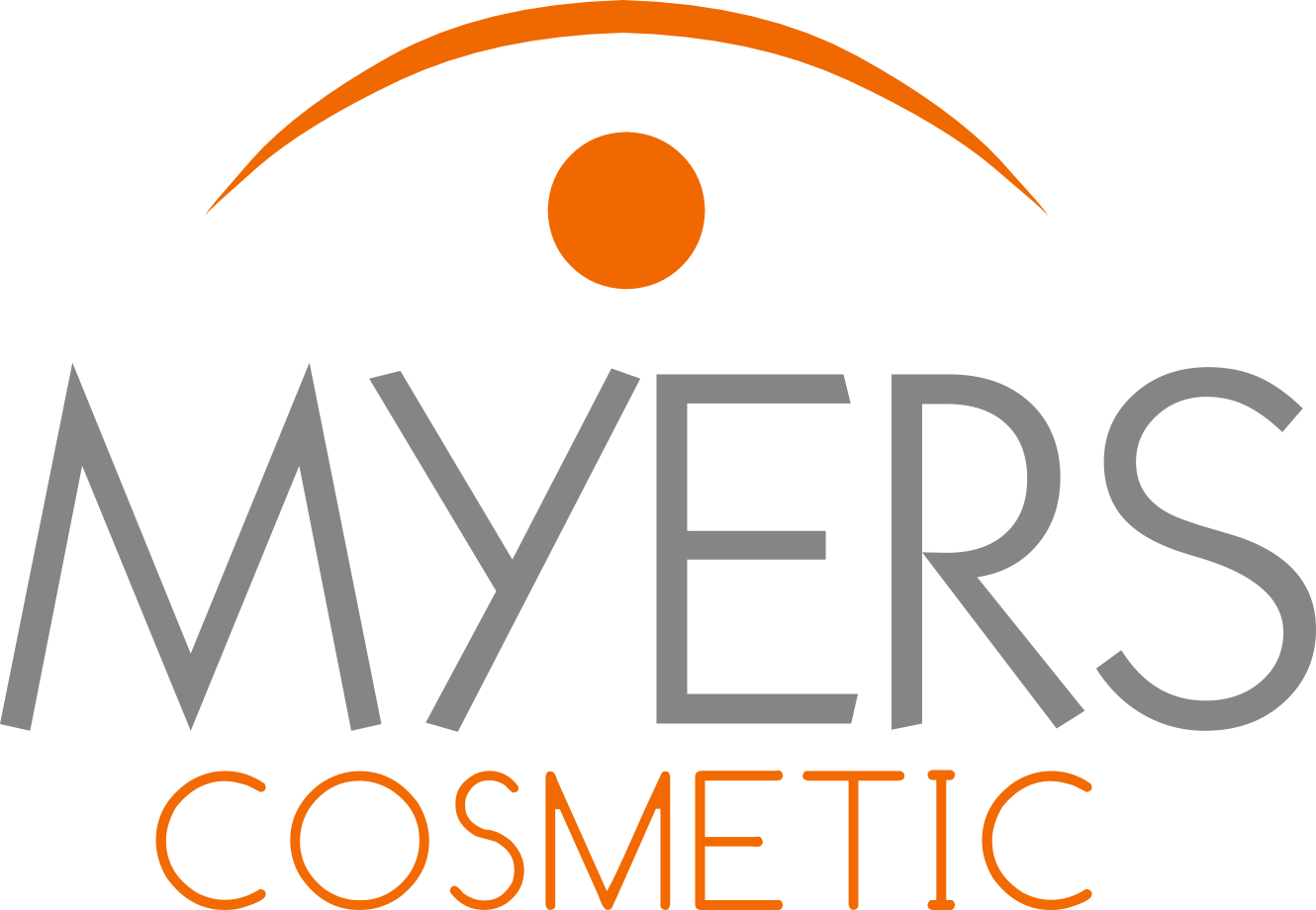OCULAR PLASTIC SURGERY
Experienced Eyelid Specialist
Dr. Myers is an eyelid specialist that focuses on diagnosing conditions and providing the most advanced procedures, including cosmetic eyelid surgery. Our procedures are tailored to each patient to achieve the most effective, natural looking results possible. All of our advanced eyelid procedures are completed in our state-of-the-art facility with the newest tools.
Explore our range of eyelid surgery options below, and contact us to schedule a consultation if you’re interested in learning more. We are dedicated to educating our patients and offering whatever explanations they may require.
Post & Pre-Operative Instructions
Dr. Myers specializes in surgical procedures of the upper eyelids, lower eyelids and brow areas. Dr. Myers is board certified in these microsurgical procedures and has over 15 years of experience in this regard. Dr. Myers has performed many thousands of these procedures as well as "redo" procedures when patients are referred by physicians who have a post procedure issue. Dr. Myers is an educator in this field and regularly speaks to and trains other physicians in various techniques.
Our techniques and practice approach is to first and foremost to preserve the function of the eye, eyelids, and lubricating and blink mechanisms of the eyes while taking into account the appearance, contour and beauty of the skin and structures housing your precious eyes. Whenever possible, minimally invasive techniques are used and tissue sparing techniques are used to promote both beauty and function.
All patients are evaluated for eye disorders, disease, and dry eyes preoperatively to make their surgical experience as smooth as possible. Blood thinners including aspirin, ibuprofen, vitamin E, and fish oil are discontinued 7 days prior to a procedure (a complete list of blood thinners will be provided).
Surgical techniques remove skin and often fatty tissue from the lids while preserving and tightening the muscular system of the eyelids to obtain the desired functional and cosmetic result.
Patients who have already had surgical procedures elsewhere and desire or need changes or touch ups are evaluated based on the amount of time since their last procedure as well as the position and appearance of their eyelids and eyebrows. The function of their lids and any related eye conditions are also taken into account.
Those undergoing less involved procedures who are not faint of heart can undergo procedures in our in-office surgical suite using oral Valium like mild sedation as well as locally injected anesthetics for numbing purposes.
When doing a longer procedure and for those desiring to be "knocked out" for their procedure, Dr. Myers operates in a Class A superb outpatient facility with 10 fulltime board certified anesthesiologists as well as multiple operating rooms and a large staff of para professions to keep patients comfortable and well cared for.
Postoperatively bruising and swelling is common for 1-2 weeks and light physical activity (non-exertional) is permitted 2 days after your procedure. Eye drops and eye ointment are administered for 10 days after your procedure. Exertional activities are limited for 10 days, as is use of eye makeup products. Both dissolving and non-dissolving sutures are used. These dissolve or are taken out in 8 to 10 days. Patients are asked to sleep in a propped-up position with 3 pillows post operatively. Contact lens wear should be discontinued for 1 week after your procedure. The usual follow up periods are at 1 day, 10 days, and 1-month post op.
Blepharoplasty
Drooping eyelids can make you look older and tired. More importantly, they can impair your vision. Blepharoplasty is a common procedure for correcting drooping eyelids, as it removes excess fat, muscle, and skin from the lower and upper lids. The result is tighter, more youthful looking eyes. This procedure is not for everyone, and Dr. Myers can help you find out if you are a good candidate. Dr. Myers may also recommend additional procedures which may work well to improve your appearance, including skin resurfacing and a brow lift.
Whether the surgery is desired for functional or cosmetic reasons, your choice of a qualified oculoplastic surgeon, like Dr. Myers, is of paramount importance. The patient must also make the commitment to follow the pre-surgical and post-operative instructions required.
During the pre-surgical consultation, you will be examined or asked to answer questions concerning vision, tear production, use of lenses, and your desires for surgery. Dr. Myers will explain what you can expect from blepharoplasty and take a complete medical history. Factors to be weighed include age, skin type, ethnic background, and degree of vision obstruction. Furthermore, you can expect an open and honest exchange between you and Dr. Myers, which will establish the basis for a successful outcome.
After a mutual decision is made by both you and Dr. Myers, the technique indicated for your individual surgery will be discussed. The type of anesthesia, the surgical facility, any supportive surgery, and the risks and costs inherent in the procedure will be outlined.
Upper & Lower Eyelid Blepharoplasty
Upper blepharoplasty, or eyelid lift, is a cosmetic surgery designed to enhance the appearance of sagging upper lids and increase peripheral vision. If tissue is removed too aggressively, it can create a hollowed appearance and make it difficult for the eye to close entirely. Dr. Myers understands the eye’s anatomy and utilizes tissue-sparing techniques to maintain function and create natural results with minimal scarring.
This procedure is most commonly performed under local anesthesia with oral sedation in Dr. Myers surgical suite or with intravenous sedation at an outpatient surgical center.
EYErase
Recently developed by Dr. Myers, EYErase is a minimally-invasive surgical technique that uses radio frequency to vaporize fat and erase under-eye bags with virtually no downtime.
Since fat is 95% water, the procedure utilizes radio frequency to vaporize the fat; the radio frequency device is also used to make minimal incisions. Of all surgical procedures, EYErase offers the least amount of downtime- patients can be back at work the following day. The procedure is effective on individuals with varying degrees of puffiness.
EYErase is currently only being performed by Dr. Myers in Boca Raton, FL. A pioneer in the development of less-invasive, less-downtime techniques, Dr. Myers expects to train his peers on EYErase in the upcoming months.
The Hollowed Eyelid
Eyelid hollowness, or the shortage of orbital fat in the upper or lower eyelid, is typically a direct result of heredity, aging, trauma and/or overdone surgery. Since some lower eyelid fullness and a relatively low upper eyelid crease are signs of youth, noticeable orbital hollowness makes the face look older and more tired. When hollowness is advanced, it may be associated with inward collapse of the eyelid that produces a variety of eye and eyelid positional abnormalities.
Due to inherited traits, lower hollowness is usually mild to moderate and may be at least partially camouflaged with cosmetics. When inherited hollowness is more severe, surgery should be considered.
Patients who have undergone aggressive upper or lower blepharoplasty with removal of excessive fat and muscle may recognize either immediately or gradually that their lower eyelids have grown more vacant and their upper eyelid creases are rising higher and deeper.
Tissue Sparing
Traditional blepharoplasty is a subtractive technique in which varying amounts of skin, muscle, and/or orbital fat are removed with the goal of debulking the upper and lower eyelids. Once fat has been excised or repositioned out of the orbit, normal volume to the eyelid is altered. Once muscle has been cut or removed, its closing power is forever weakened.
Dr. Myers understands the critical need for selective tissue sparing, a process that is ultimately defined by the special needs of each patient's eyelids and face. Some patients may benefit from leaving certain tissues alone, while others require the additional removal. Others still may be candidates for newer and different approaches that subtract little to no tissue, for example EYErase.
While upper eyelid tissue-sparing blepharoplasty is a well-developed operation that is safe and effective, lower eyelid tissue-sparing is not as widely used.
Brow Lifts
A brow lift, also called a forehead lift or eyebrow lift, corrects the skin wrinkling and loss of tone that causes sagging of eyebrows and hooding of upper eyelids. A brow lift softens the deep creases across your forehead and reduces horizontal frown lines at the top of your nose and vertical lines between your brows. The result is a more relaxed and refreshed appearance. It is the only procedure that can increase the distance from the lateral brow to the upper eyelashes.
The endoscopic brow lift is a minimally invasive technique that requires several small incisions in the scalp behind the hairline. The endoscope, inserted through these incisions, allows Dr. Myers to modify or remove parts of the muscles that cause wrinkling and frown lines. Your lateral brows will be suspended with internal sutures placed behind your hairline. For people with heavy brows, significant brow asymmetry, and deep forehead frowning, Dr. Meyers never hesitates to use the traditional coronal brow lift. Incisions are hidden well behind the frontal hairline.
Our patients have been very pleased with their refreshed and rejuvenated appearance. Although complete healing may take some time, you can expect the end results to be worth the wait. To find out if you are a good candidate for a brow lift, a personal consultation is the first step. Dr. Myers will assess your physical and emotional health and discuss your specific cosmetic goals for surgery.





